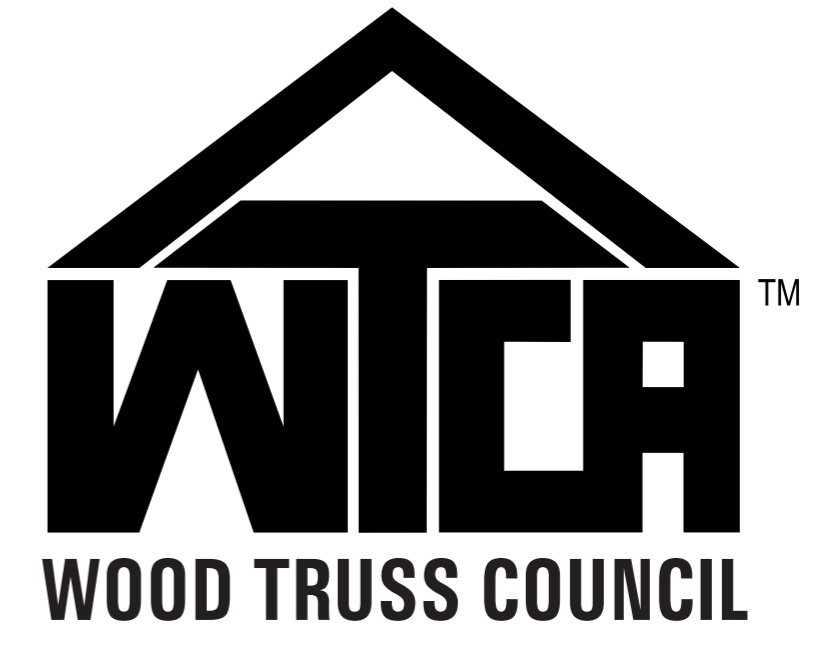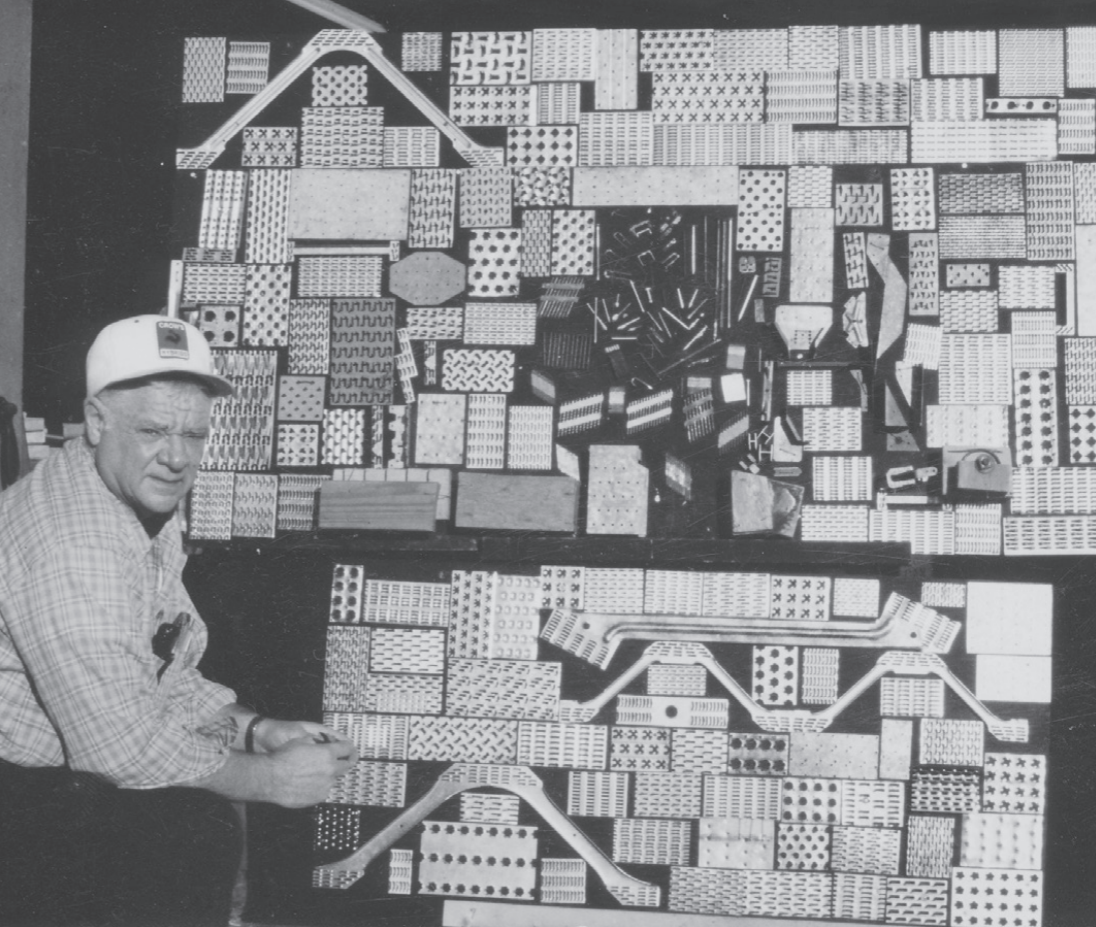A Bright Spot
The close relationship between SBCA and TPI took time to develop
Given the current commitment to collaboration and cooperation between the Structural Building Components Association (SBCA) and the Truss Plate Institute (TPI), it can be easy to forget the relationship was not always this way. “I think a lot of credit is due to the personalities engaged in this partnership,” says SBCA executive director, Jess Lohse, “whether it’s Mike Ruede and Kevin Kraft and the work they’ve done through the Truss Industry Business Council (TIBC) over the last few years, or how often Jay Jones (TPI’s executive director) and I communicate on issues facing our industry.”
TPI executive director, Jay Jones, agrees. “I think there’s a strong understanding that both organizations are on the same team and crucial to the overall health of the metal plate connected wood truss industry.”
 SBCA started as a part of TPI almost 60 years ago but broke off as an independent organization forty years ago. To help our members gain an appreciation for how the relationship between SBCA and TPI has evolved over their history, we created the following timeline, which provides a summary of major developments.
SBCA started as a part of TPI almost 60 years ago but broke off as an independent organization forty years ago. To help our members gain an appreciation for how the relationship between SBCA and TPI has evolved over their history, we created the following timeline, which provides a summary of major developments.
In 1955, J. Calvin “Cal” Juriet applied for a patent for the “Gang Nail” plate, the first metal connector plate for wood trusses that didn’t require any additional nailing.
In 1960, the Truss Plate Institute (TPI) was formed. Co-founder, Cal Juriet, served as its first president. Later that same year, TPI-60, “Design Specification for Light Metal Plate Connected Timber Trusses,” was published by TPITPI.xc
In 1961, the Component Manufacturers Council (CMC) was created under TPI, with Jack Littfin serving as its president.
In 1975, the CMC was dissolved in favor of the Component Manufacturers Division (CMD) under TPI. TPI and CMD had separate officers and boards of directors, but a joint board of trustees oversaw both entities.
In 1976, TPI and CMC representatives developed a bracing guide for metal plate connected wood trusses. This work led to the development of the first document of its kind, BWT-76.
 In 1980, TPI hosted the first Building Component Manufacturers Conference (BCMC) in Louisville, Kentucky. Initially, the BCMC show featured equipment in even years and held a tabletop event in odd years.
In 1980, TPI hosted the first Building Component Manufacturers Conference (BCMC) in Louisville, Kentucky. Initially, the BCMC show featured equipment in even years and held a tabletop event in odd years.
In 1983, the CMD voted to separate from TPI in April. A month later, CMD chose a new name, the Wood Truss Council of America (WTCA). Staton Douthit, who was president of CMD at the time, became WTCA’s first president.
In 1984, WTCA joined TPI in hosting the annual BCMC show. This arrangement continued until WTCA took over full management of BCMC in 1993 and turned it into an annual equipment-based show.
In 1994, TPI member companies became members of WTCA as well.
 In 1995, TPI became an accredited ANSI standards developer and updated the TPI 1 standard through an approved ANSI consensus process resulting in ANSI/TPI 1-1995.
In 1995, TPI became an accredited ANSI standards developer and updated the TPI 1 standard through an approved ANSI consensus process resulting in ANSI/TPI 1-1995.
In 1999, Richard Brown became the first WTCA president to sit on the TPI Board.
In 2002, the WTCA and TPI Boards met to develop the Litmus Test to help define the scope of work for both organizations.
In 2003, WTCA collaborated with TPI to develop and publish the BCSI-03 booklet, “Guide for Handling, Installing and Bracing of Metal Plate Connected Wood Trusses,” which replaced TPI’s HIB-91 booklet and WTCA’s pre-existing installation guidance.
In 2004, WTCA and TPI developed and signed a joint publications agreement to establish revenue sharing based on publication sales volume.
In 2008, WTCA changed its name to the Structural Building Components Association (SBCA).
In 2017, SBCA and TPI created the Truss Industry Business Council and discussed scopes of work and areas of responsibilities.
In 2018, as part of the realignment of responsibilities, SBCA took over management of TPI’s third party quality assurance program for component manufacturers.
